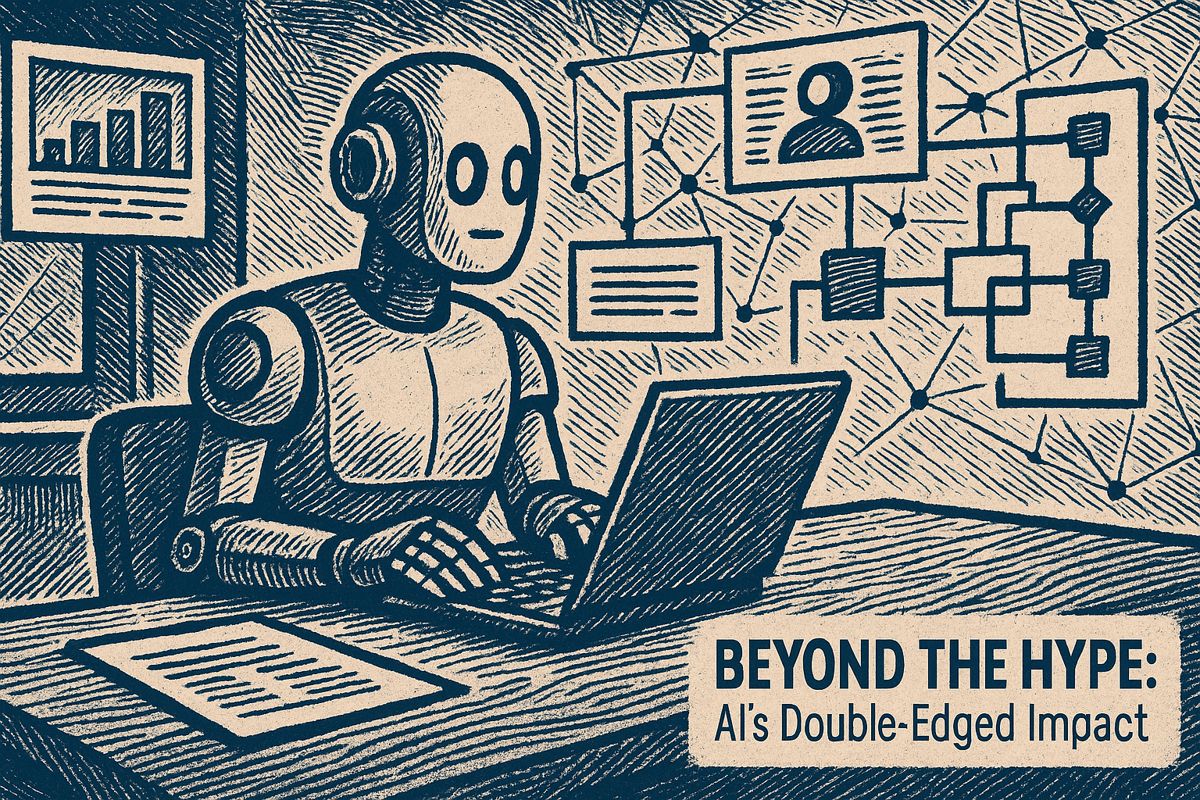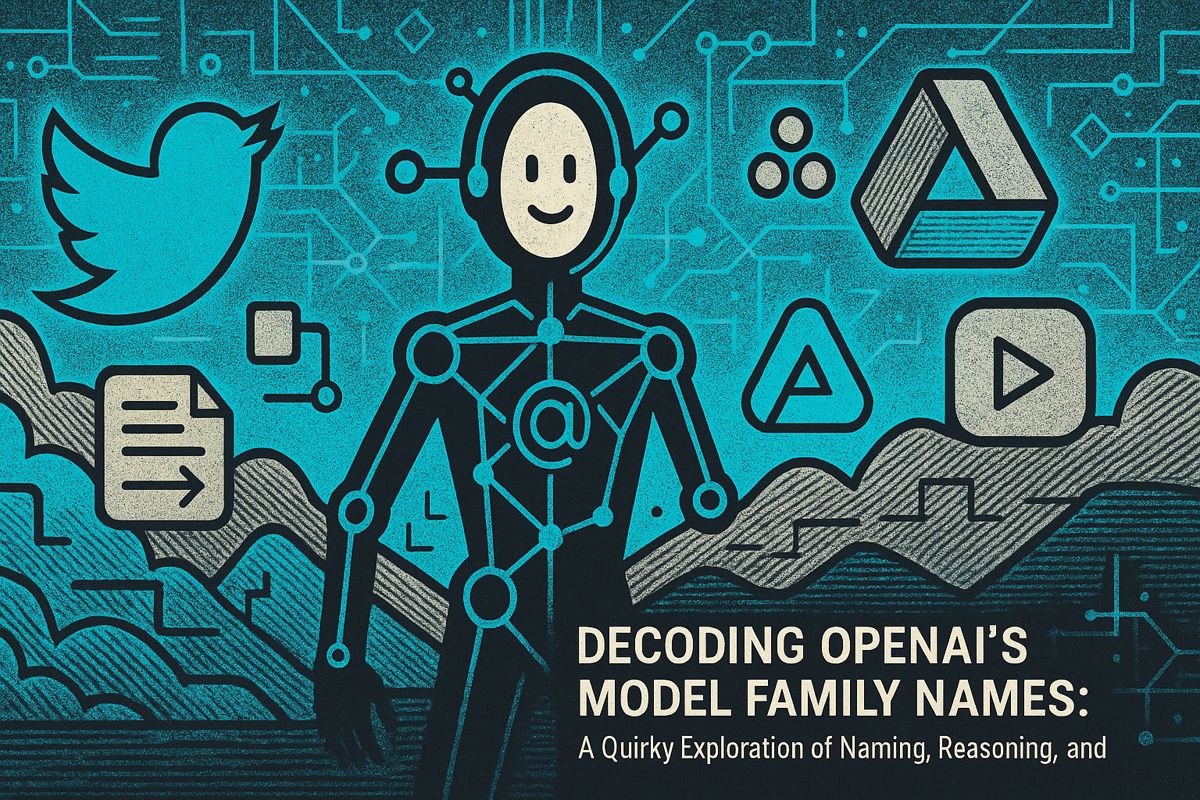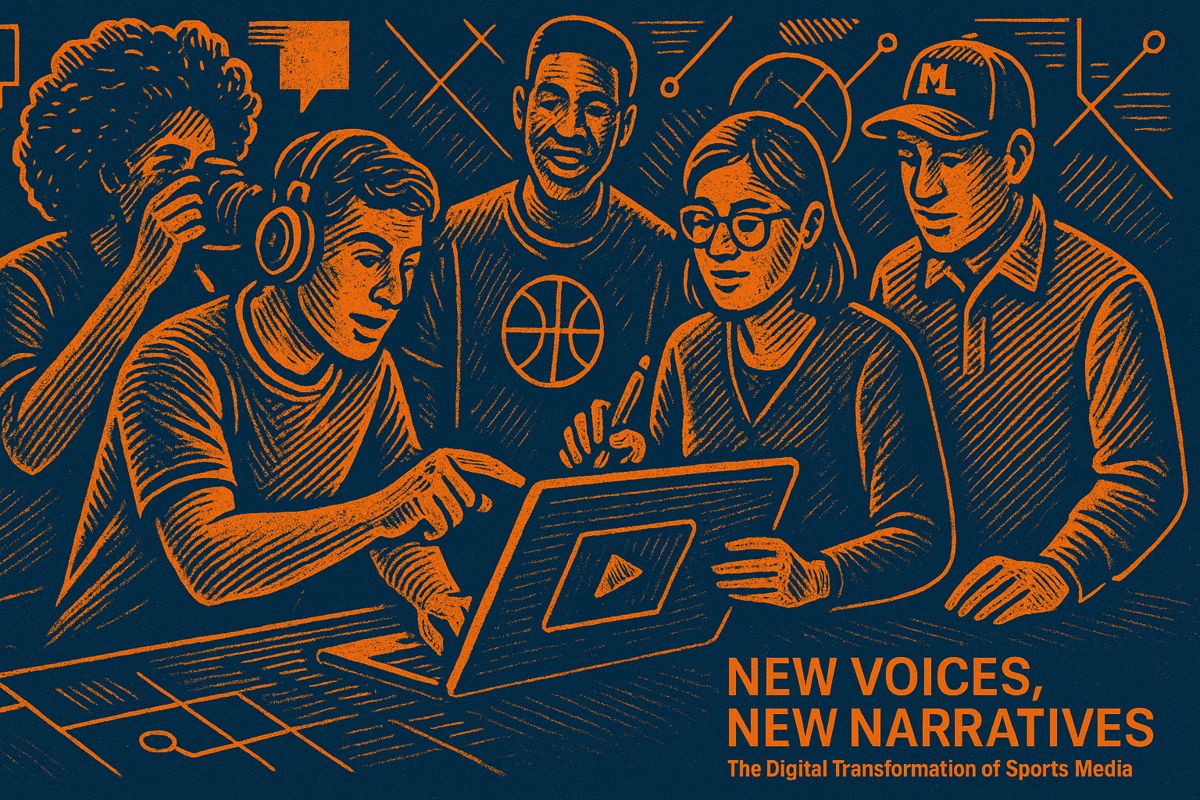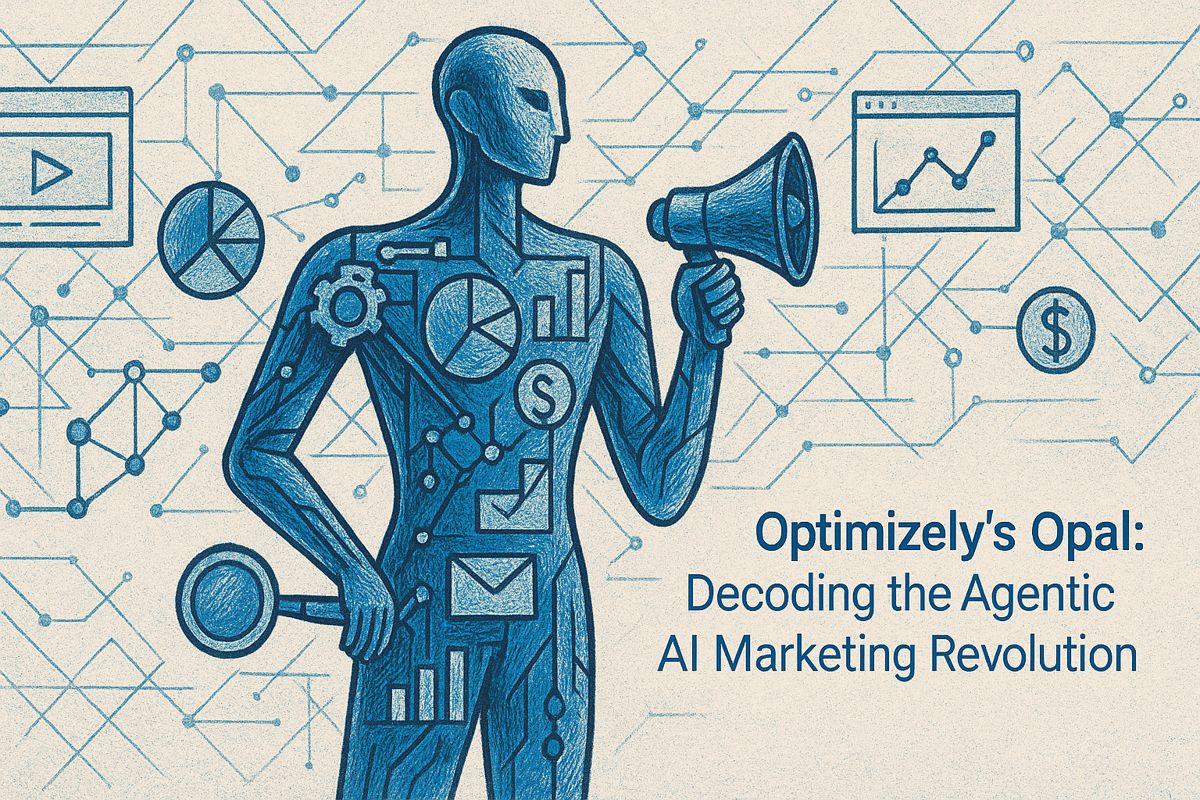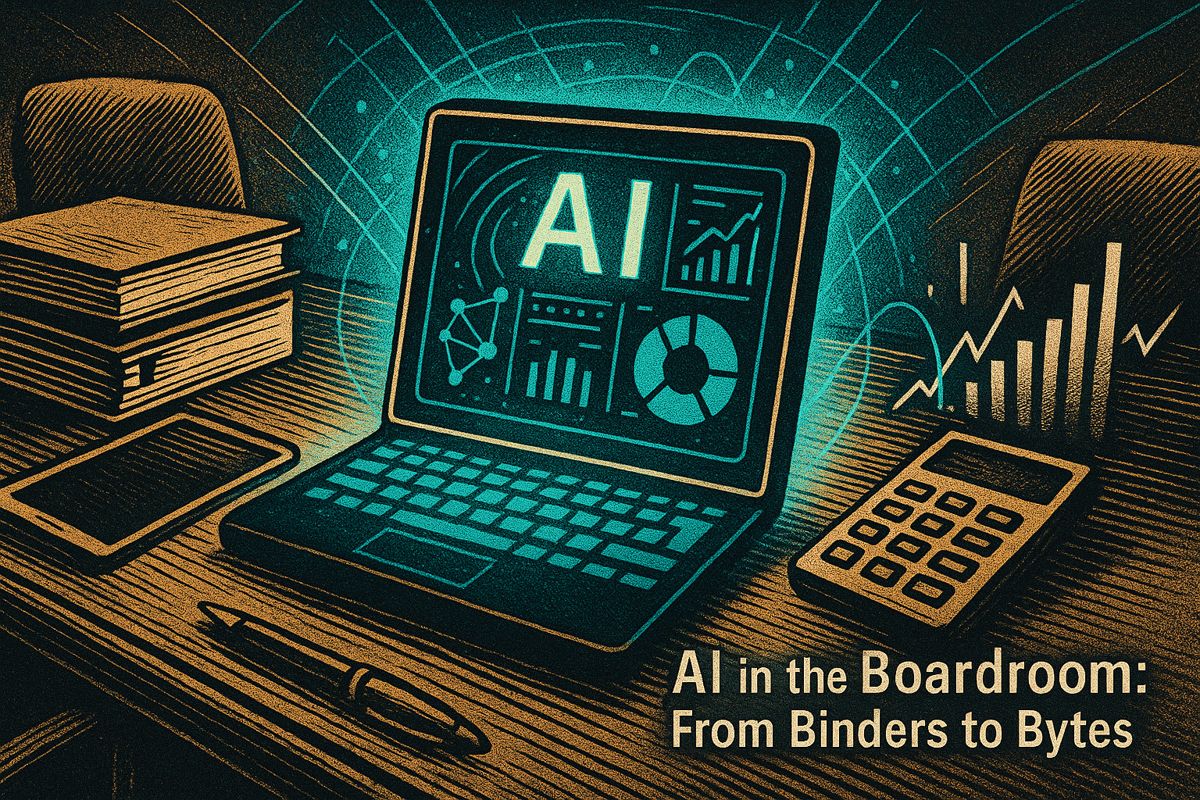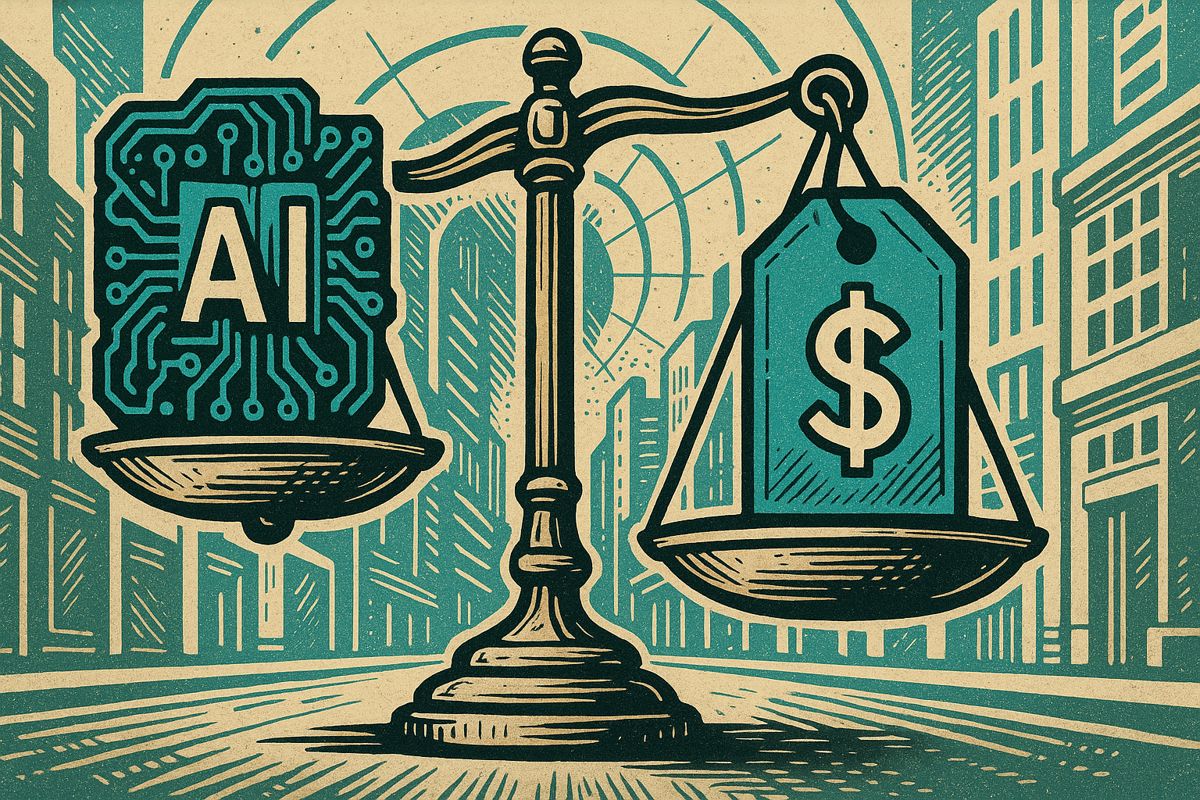AI is rapidly changing how we work by automating tasks and saving time, but it’s also creating new challenges that require careful human oversight. Workers now spend significant time verifying AI outputs, debugging unexpected results, and crafting precise prompts to get accurate information. While AI promises efficiency, it actually redistributes work rather than eliminating it, introducing complex new responsibilities like prompt engineering and output validation. The transformation isn’t just about technology, but about how humans adapt, learn, and find creative ways to collaborate with intelligent systems. Ultimately, AI is a powerful tool that demands our active engagement, critical thinking, and ongoing learning.
How Is AI Transforming Modern Workflows?
AI is reshaping workplace productivity by automating routine tasks, saving approximately 2.4 hours per worker weekly, while simultaneously creating new responsibilities that require careful verification, prompt engineering, and strategic human oversight.
When the Future Arrives—And Rearranges Your Desk
There’s a peculiar whiff to offices these days—a blend of burnt espresso and the ozone tang of overheated GPUs. Artificial intelligence, once the stuff of speculative fiction and OpenAI press releases, has become ordinary. But ordinary, as anyone who’s ever had to debug a hallucinating chatbot at 2 a.m. knows, does not mean uncomplicated.
I’m reminded of that old SotsArt poster: “Automation delivers us from drudgery!” (only in this case, the drudgery seems to have donned a new hat and become “prompt engineering”). A recent study (published in Communications of the ACM, February 2024) attempts to quantify the phenomenon, and the findings are as paradoxical as a Schrödinger’s cat in a cubicle. Yes, AI shaves time from routine, repetitive tasks—a neat 2.4 hours per worker per week in one Google cohort, if you’re into numbers. But there’s a twist: that time is promptly devoured by distinctly AI-era labors, the kind nobody listed in your original job description.
It’s an ouroboros of productivity—every tedious chore slain spawns two fresh responsibilities, wriggling and novel. Should we call this progress? I had to stop and ask myself, somewhere between auditing LLM outputs and finessing my fourth “clever” prompt of the day, whether the gain was worth the cognitive whiplash. Curious creatures, we humans; we automate, then curate, then automate the curation. And so the cycle continues…
The Rise (and Occasional Fall) of Prompt Sorcery
Let’s talk prompt engineering—a phrase that didn’t even exist in the company Slack three years ago, yet now it’s stamped on job postings like an artisanal sourdough sticker at a Brooklyn bakery. Here’s the thing: what used to be “just typing a question” has, through the alchemy of trial and error, become a semi-formal discipline. Some days, it feels like I’m conducting a hyperspectral search, tuning words for just the right resonance (and let’s be honest, sometimes just poking the model to see what weirdness emerges).
Take CopilotKit or Cursor Composer—proper nouns with the faint, geeky aftertaste of open-source activism. These tools have nudged us from ‘consumers of answers’ to ‘composers of queries.’ I recall last autumn, squinting at my screen as dusk fell (and the office’s air grew stale—scent detail, check), frantically A/B testing a prompt to get a GPT-4 instance to summarize a legal memo without inventing statutes. Frustration was my constant companion—ugh, again!—but so was a weird satisfaction when the machine finally, grudgingly, obeyed.
But here’s a confession: for a while, I’d just copy-paste stackoverflow prompts, assuming the AI would “figure it out.” Rookie mistake. With time (and some embarrassment), I learned that specificity was my friend, and that a well-crafted prompt could save an hour of post-hoc editing. So much for shortcuts.
Yet, as the study notes, mastery here isn’t static. Every new model, every update, brings fresh quirks to decode. It’s a moving target, and sometimes I wonder if AI engineers keep it that way for job security—a mildly paranoid thought, but not entirely baseless. Who knows?
Verification: The Relentless Sentry Duty of the AI Age
Now, let’s pull back the curtain on the least-glamorous, most necessary part of the cycle: verification. I’d be lying if I claimed to relish this part. Validating AI outputs is less like operating high-tech machinery and more like proofreading a palimpsest written by an overcaffeinated intern, albeit one named Claude or Gemini.
The study’s data are unambiguous: workers spend between 25–40% of their newly “freed” time double-checking, correcting, or outright rejecting AI-produced work. There’s a dull, repetitive ring to it—much like the background hum in Google’s Zurich offices, as described in a recent Wired exposé. And there’s a certain irony there, too: the more advanced the model, the more “oversight” is demanded, lest a hallucinated citation or invented fact slip through unchecked.
One micro-story: last month, I tasked a generative model with summarizing a dreary stack of quarterly reports. The model’s summary was breezy, well-written, and—upon closer inspection—entirely fictitious in three distinct places. Cue the sound of my forehead meeting the desk. Bam. Mild exasperation gave way to grudging respect; the model was creative, if not precisely useful. But here’s the rub: without constant vigilance, the promise of automation quickly transmutes into the peril of misinformation.
From Time Saved to Time Redistributed—and Rethought
So, where does this leave us? The study’s main takeaway, echoed in my own caffeine-fueled reflections, is that AI doesn’t so much “save” time as it redistributes it. The old tasks may shrink, but new ones metastasize—exception handling, ethical risk assessments, meta-level troubleshooting. It’s a bit like discovering that your “autonomous” car really just wants you to be a more attentive co-pilot.
That said, this isn’t a tragedy. It’s transformation. My favorite moments come when I catch a colleague riffing on an AI-generated mood board in Figma, or when, in a rare flash of teleological optimism, I realize that the time “lost” to verification is sometimes gained for strategic daydreaming. There’s an odd joy in the chaos—a sense that, even as we cede ground to algorithms, we carve out new intellectual footholds.
But let’s not romanticize. The emotional valence here is complex. Excitement, yes; but also anxiety, skepticism, and the occasional pang of nostalgia for simpler tools—remember WordPerfect 5.1? Sometimes I wish I could just…go back.
Looking Forward: Community, Ethics, and the Unfinished Symphony
Here’s the upshot: AI is not a panacea. If anything, it’s a palimpsest—one layer of labor superimposed atop another, never quite erasing what came before. The best outcomes, both the study and my own experience suggest, arise when teams foster a culture of open experimentation, frank error-sharing, and realistic expectation-setting. Don’t expect miracles; do expect surprises.
There’s still a strong role for the human touch. AI may crunch numbers at an inhuman pace, but it’s your intuition, your skepticism, your willingness to wrestle with ambiguity, that gives the workflow its soul. As the world’s workflows morph, the need for community—whether through podcasts, Slack channels, or open-source forums—becomes more acute. I’d wager the best innovations will emerge from these unruly, collaborative spaces, much as jazz improvisation sometimes births new genres.
In the end, if I’ve learned anything (apart from the difference between hallucination and fabrication), it’s this: AI presents us with a mirror. How we manage its double-edged gifts—time lost, time found, workflows reimagined—will say as much about our values as our technical skill. The symphony is unfinished, and maybe that’s for the best.

